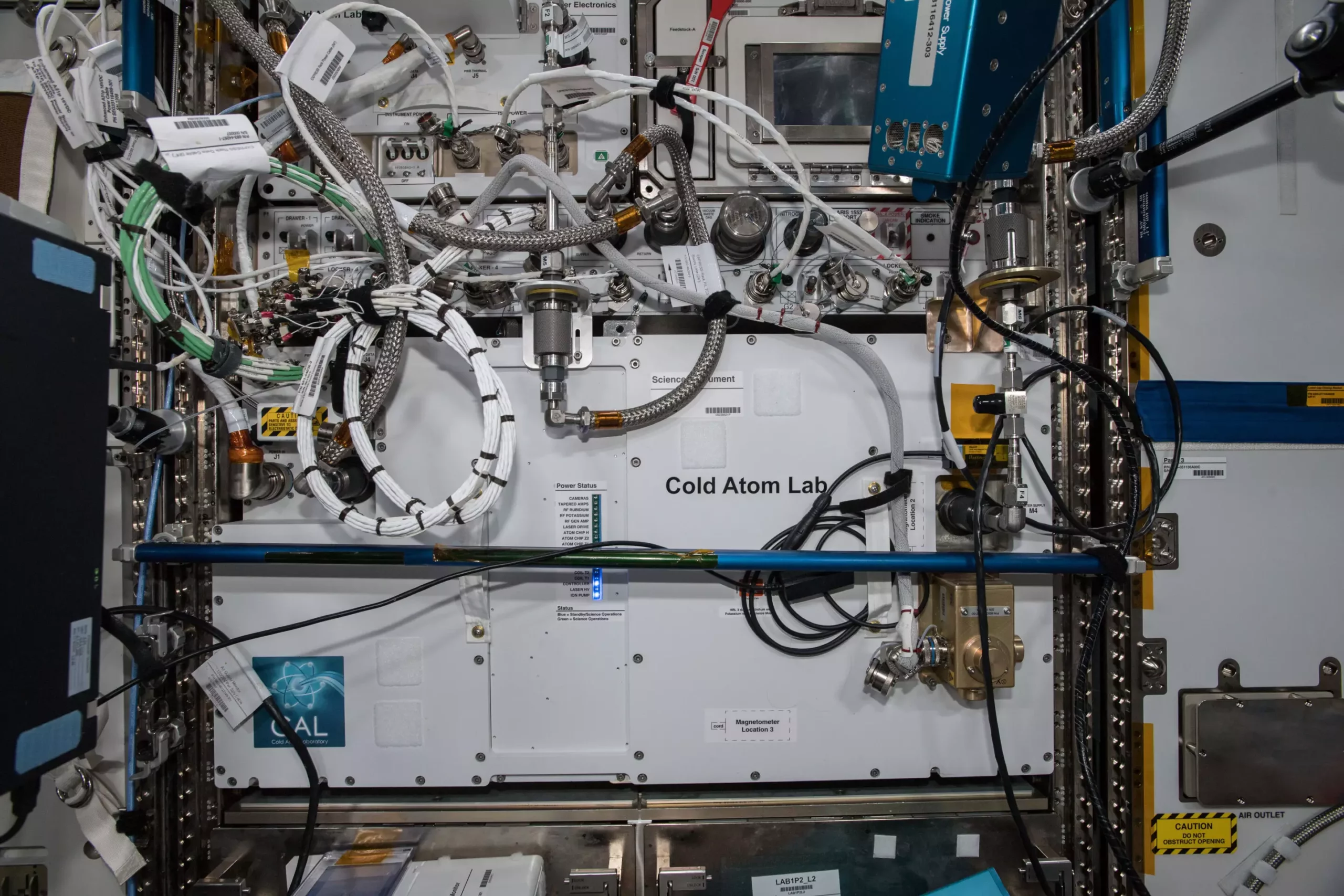NASA’s Cold Atom Lab has achieved a groundbreaking milestone in the field of quantum science by utilizing ultra-cold atoms to detect subtle vibrations of the International Space Station (ISS). This innovative approach marks a significant advancement in the application of quantum technology in space, providing a new perspective on how we can study the fundamental nature of gravity and other forces in a microgravity environment. The recent study published in Nature Communications showcases the long-awaited success of employing atom interferometry to measure gravity, magnetic fields, and environmental changes in space.
The implications of using space-based sensors for high-precision gravity measurements are vast, with potential applications ranging from planetary exploration to fundamental cosmological research. By leveraging atom interferometry, scientists can gain insights into the composition of planets and moons in our solar system, shedding light on the density variations that underlie gravitational differences. Additionally, precise gravity measurements have the potential to unravel mysteries surrounding dark matter and dark energy, providing a deeper understanding of the universe’s structure and evolution.
The Cold Atom Lab, a state-of-the-art facility about the size of a minifridge, was launched to the ISS in 2018 with the aim of pushing the boundaries of quantum science in a microgravity environment. By cooling atoms to nearly absolute zero, researchers are able to observe quantum phenomena such as Bose-Einstein condensates, where atoms exhibit macroscopic quantum properties. Despite initial concerns about the fragility of the equipment in space, the success of the Cold Atom Lab in conducting sensitive and precise measurements demonstrates the resilience and dedication of the science team.
The wave-like behavior of atoms in the Cold Atom Lab’s atom interferometer enables researchers to explore new avenues in quantum science and technology. By observing how atoms traverse multiple paths simultaneously and analyzing their interactions in the presence of gravitational forces, scientists can develop a better understanding of quantum mechanics and its practical applications. The potential for groundbreaking discoveries and the development of advanced quantum technologies holds promise for transforming our everyday lives and propelling us into a quantum future.
NASA’s Cold Atom Lab represents a major leap forward in the integration of quantum science in space exploration. By harnessing the unique properties of ultra-cold atoms and applying sophisticated quantum tools like atom interferometry, researchers are paving the way for exciting new discoveries and technological advancements that have the potential to reshape our understanding of the universe. The successful demonstration of atom interferometry in space opens up a realm of possibilities for future space-based experiments and could revolutionize our approach to studying the fundamental forces of nature.


Leave a Reply